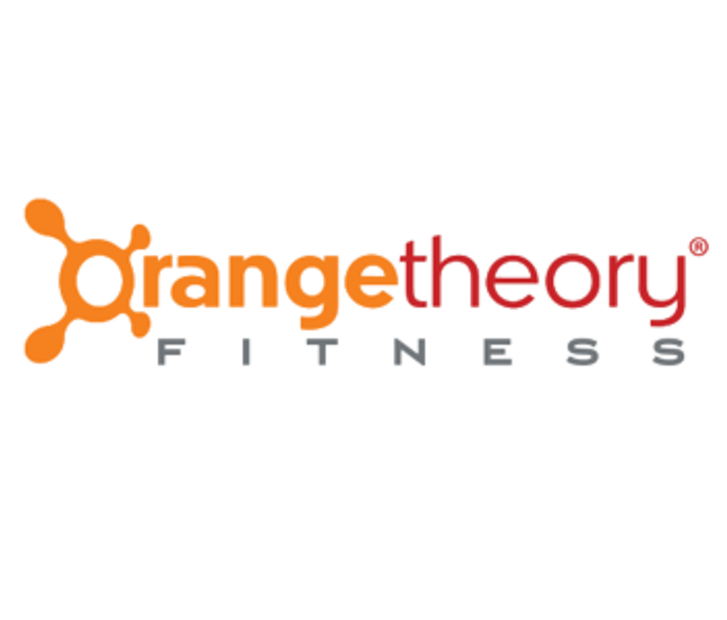Brand Experience








Mobile Marketing Panel: Industry Insights and Strategies Revealed
24 March, 2024
In an era dominated by smartphones and digital conventions, the ET Brand Equity DigiPlus Fest ’23 hosted a pivotal panel discussion on the essentiality of mobile marketing. Leading industry spokespersons convened to share their experiences and expertise in this rapidly evolving field. From strategic insights to practical takeaways, this discourse proved to be a treasure trove for anyone vested in gym marketing, more gym members, and advertising for gyms.
Moderated by Kumar Awanish, chief growth officer at Chiel India, the assembly included Smerth Khanna of Dabur India; Nitin Sethi from the Adani Group; Apollo 24/7’s Shamik Banerjee; and Manan Bajoria of Ixigo. Their conversation delved deeply into the core principles that drive successful mobile marketing strategies.
A key theme that emerged was the importance of understanding consumer needs, appropriate timing, and the distinct value that a company brings to the table, as explained by Sethi. In a world where mobile internet consumption surpasses television by 33 percent, as Khanna highlighted, there is a clear imperative to prioritize mobile platforms. Khanna’s notion of the four Vs of digital marketing—views, video, vernacular, and velocity—resonates strongly, suggesting that the focus is around engaging content and responsiveness to customer feedback.
The feedback loop, once a missing link, is now more accessible through the personal data and various attribution mechanisms provided by mobile technology. This immediacy accelerates the understanding of customer behavior and preferences at an unprecedented pace. It’s about crafting gym lead generation that connects and converts, a principle that can pivot any marketing endeavor towards success.
Awanish pointedly noted that while a large fraction of India’s massive population uses smartphones, the true potential market for any given app is a fraction of that. This points to the challenge of catering to a diverse user base with varied age groups, regional preferences, and language needs. Banerjee remarked on the paradox of abundance in digital notifications, stressing the need for meaningful engagement rather than saturating the consumer.
The discourse emphasized the value created not just for consumers but for the service providers, platforms, brands, and the entire ecosystem that supports mobile marketing. This creates enduring relevance in a dynamic market.
Measuring the return on investment (ROI) for mobile marketing sparked an informative dialogue among the panelists. Bajoria offered insights into data-driven methodologies, focusing on analytics from cost per click to customer lifetime value. He stressed the significance of creating test and control groups to better evaluate the impact of marketing initiatives. Sethi, navigating the complexities of a phygital (physical + digital) marketplace, discussed the investigative journey customers embark upon even with offline purchases.
Continuous innovations in tools—from app attribution to customer tracking systems like Clevertap, MoEngage, and WebEngage—are equipping marketers with valuable insights which can be leveraged for targeted campaigns, improved conversion rates, and efficient management of drop-offs, as Gajoria shared.
Ad frauds, an everlasting headache for marketers, were also addressed. Gajoria underlined the relative safety of platforms like Google and Meta, with the majority of issues emerging from affiliate channels. His advice to start with trusted channels and scale up seemed particularly sound, warding off inefficiencies attributed to poor impressions-to-click and click-to-install ratios.
An interesting peek into company-specific strategies revealed a 100 percent digital marketing spend for Adani One, with 90 percent of their customer acquisitions happening online. On the other hand, Apollo 24/7 prioritizes careful consideration due to the sensitive nature of their health-related services. For Ixigo, a combination of platform spending and SEO optimization has borne fruit, particularly in gaining visibility for travel-related searches.
Ultimately, the panel converged on the consensus that regardless of the nuanced approaches required for different sectors, such as gym marketing or healthcare-focused advertising for gyms, the essence of mobile marketing is to tap into the wealth of digital possibilities and foster connections that resonate with and add value to the consumer journey. The DigiPlus Fest ’23 was not just an event, but a herald of astute strategies for the mobile marketing domain, vital for businesses striving for more gym members and beyond.




